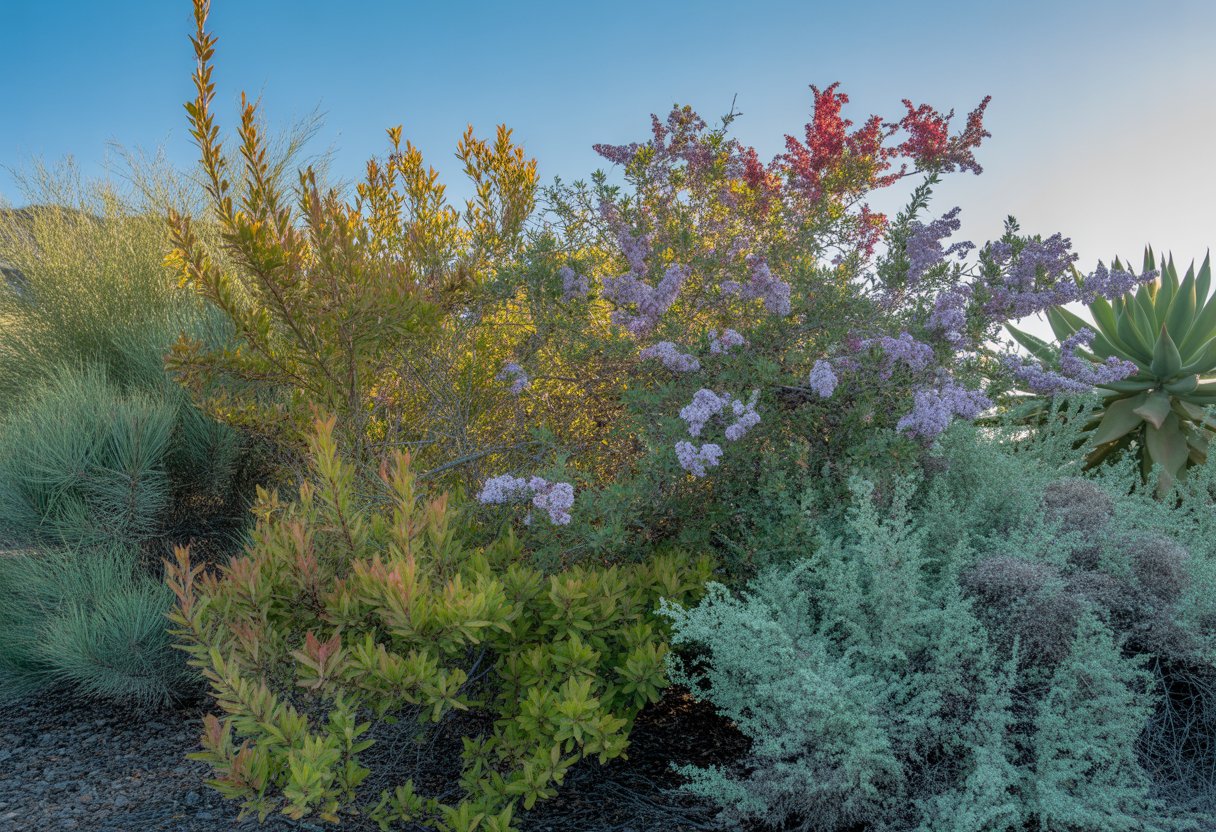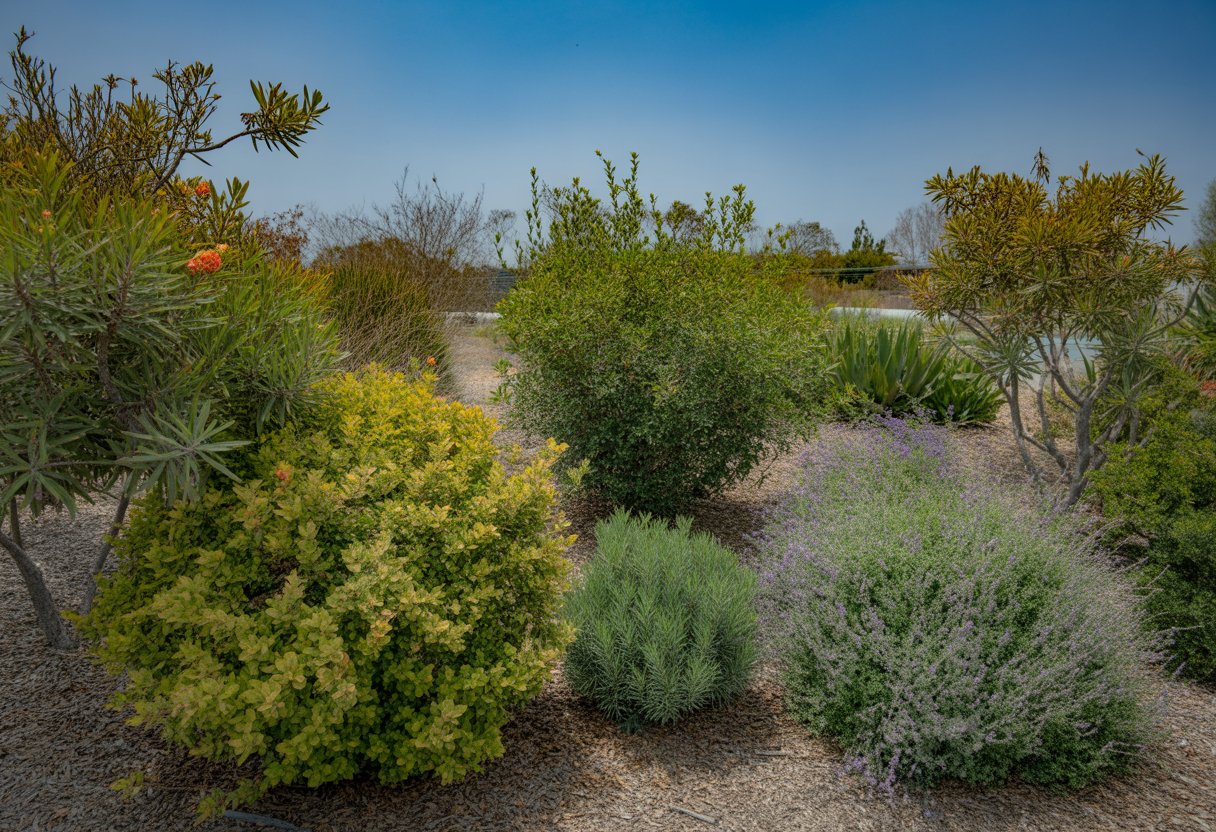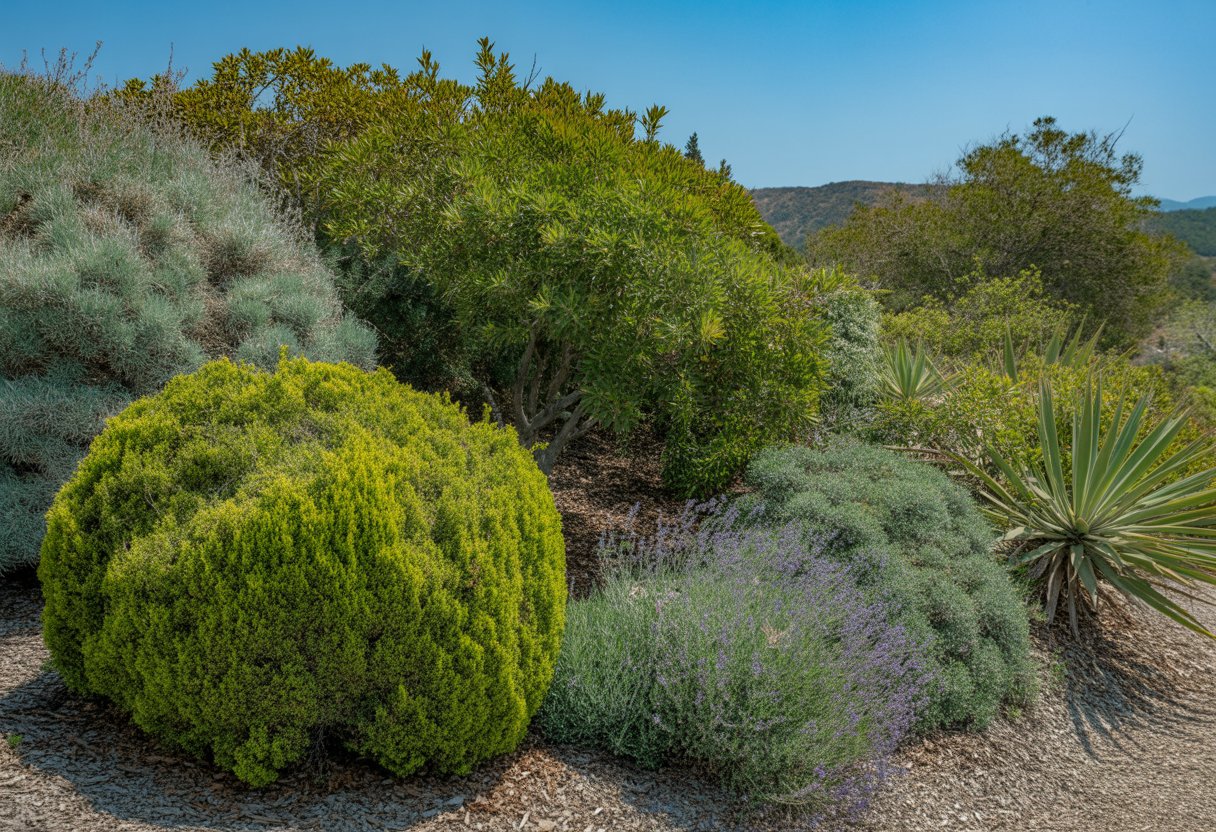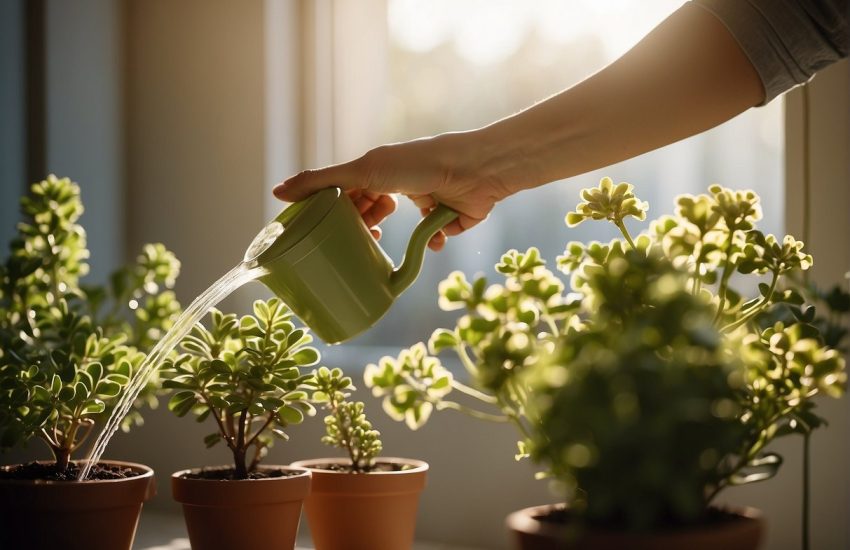Low-maintenance Shrubs for California Best Choices for Sustainable Landscaping
Gardening in California often comes with dry spells and tight water restrictions. Plenty of folks want plants that don’t need much fuss but still look great year-round.

Low-maintenance shrubs for California usually shrug off drought, resist pests, and adapt to all sorts of soils. These traits mean you can cut back on constant watering and chores, which is a relief for anyone with a busy schedule or less gardening experience.
Pick the right shrubs and you’ll save time, water, and hassle. Some options really do stand out for their toughness and low-key beauty.
Key Characteristics of Low-Maintenance Shrubs for California

The best low-maintenance California shrubs just keep going with barely any help. They shrug off rough soils, save water, and look good even when the weather won’t cooperate.
Drought Tolerance
Let’s be honest: drought tolerance isn’t optional in California. Shrubs that make it here usually grow deep roots to reach water and have thick, waxy leaves that hang onto moisture.
Many California natives really shine at surviving dry spells. Once they settle in, you barely need to water them at all.
Manzanita and chamise are two classic examples. They get by on rain alone and don’t wilt in summer heat.
Adaptability to California Soil Types
California’s soils are all over the map—sandy in some spots, heavy clay in others, and sometimes a weird mix. Shrubs that don’t fuss about soil texture or nutrients make life easier.
In sandy spots, you want plants that don’t mind quick drainage and lean soil. Clay-heavy areas call for shrubs that won’t drown if the water hangs around.
Drought-tolerant plants often handle these mixed soils just fine. If you pick shrubs native to your region, chances are they’ll settle in without complaint.
Foliage Density and Evergreen Qualities
Shrubs with thick, evergreen leaves keep your yard looking lively all year. Dense foliage blocks weeds and means less pruning or leaf cleanup.
California lilac and toyon both bring dense, evergreen leaves to the party. Their foliage even helps keep nearby plants happy by holding in moisture.
Top Low-Maintenance Shrubs for California Landscapes
Some shrubs just seem made for California. They barely need tending, shrug off dry weather, and still manage to look interesting all year.
Lavender Varieties for Easy Care
Lavender loves California’s Mediterranean vibe. It asks for full sun and soil that drains well, nothing fancy.
English Lavender (Lavandula angustifolia) and French Lavender (Lavandula dentata) handle drought and don’t get bothered by pests.
Both types grow into tidy mounds and bloom with fragrant flowers from late spring through summer. Bees and butterflies can’t resist them, and you won’t spend much time pruning.
Preferred California Natives: Ceanothus, Sage, and Buckwheat
Ceanothus, or California lilac, keeps its leaves all year and bursts into blue or white flowers. It barely needs water once it’s settled.
Sages like Salvia clevelandii smell great and don’t mind the heat. They bring color and attract hummingbirds without guzzling water.
Buckwheats (Eriogonum spp.) show off tiny flower clusters and silvery leaves. They thrive in poor soil and help local pollinators. All three are easygoing and good for the environment.
Adaptable Compact Evergreens and Conifers
Dwarf conifers and other compact evergreens fit tight spaces and hold their shape without much trimming. Think Juniperus or Cupressus—they stay dense and neat.
These evergreens don’t care much about poor soil or dry spells once they’re established. Smokebush (Cotinus) adds bold foliage and fits right in with other drought-tolerant shrubs.
Flowering Shrubs for Color and Appeal
Flowering shrubs like Monkshood (Aconitum), Cuphea, and Smokebush add splashes of color. Monkshood blooms blue in late summer and doesn’t need much water.
Cuphea’s tubular flowers pull in hummingbirds and handle heat. Smokebush brings dramatic leaves and fluffy blooms, thriving with little water or fertilizer.
These picks keep things lively without piling on extra chores.
Landscape Design and Planting Strategies
Smart garden design means thinking about your climate, space, and what your plants actually need. Matching the right shrub to the right spot is half the battle.
Selecting Shrubs for Coastal and Inland Gardens
Coastal gardens do best with salt-tough, wind-hardy shrubs like Arctostaphylos (manzanita) and Leucophyllum (Texas sage). These guys stand up to sandy soils and ocean air.
If you’re inland, pick drought-busters like Ceanothus and Rhamnus that can take the heat.
For small yards or patios, dwarf sages or low-growing manzanitas won’t crowd things. Always check your soil and water situation before you plant—some quick detective work saves headaches later.
Designing for Pollinators and Biodiversity
Native, flowering shrubs bring in bees, butterflies, and hummingbirds. Salvia, Ceanothus, and Ribes all feed pollinators and give them shelter.
Mixing up your plant choices keeps your garden ecosystem balanced and healthy. Clustering similar plants together also makes life easier for pollinators and boosts garden resilience.
Creating Fire-Resistant and Water-Wise Gardens
Fire-wise gardens use shrubs that hold a lot of moisture and don’t burn easily, like Arctostaphylos and Cistus. Steer clear of flammable plants near your house.
Water-wise design means sticking with drought-tolerant shrubs and using mulch or drip irrigation to stretch every drop. Space plants out to slow down fire and let air move through.
Essential Care and Maintenance Practices

Even low-maintenance shrubs need some attention. Focus on smart watering, healthy soil, and the occasional trim to keep everything happy.
Watering Techniques for Different Soil Moisture Levels
California soils can be sandy and quick-draining or heavy and slow to dry. Adjust how often you water based on your soil.
For sandier ground, water deeply but not too often—this encourages roots to grow down instead of out. In clay, you’ll want to water less often and watch out for soggy roots or yellow leaves.
A soil moisture meter helps take the guesswork out of watering. Aim for moist but not soggy soil. During the hottest months, watering every 7-10 days is usually enough for drought-tolerant shrubs.
Fertilizer Use and Soil Health
Most low-maintenance shrubs don’t need much fertilizer, especially if the soil’s halfway decent. Still, a little boost can help.
A slow-release, balanced fertilizer (N-P-K 10-10-10) once or twice a year is plenty. Adding compost or mulch improves soil texture and keeps moisture in.
Skip the urge to over-fertilize—it just leads to spindly growth and more pests. If you’re not sure, test your soil every few years and adjust as needed.
Pruning and Minimal Upkeep Needs
Pruning matters, but honestly, you don’t need to go overboard with low-maintenance shrubs. Just a bit of shaping here and there, getting rid of dead or sick branches, and letting a little air move through does the trick.
Late winter or early spring—right before things start growing again—usually works best for pruning. Grab clean, sharp tools, and try not to take off more than 20-30% of the shrub’s canopy at once.
Most of the time, once or twice a year is enough for light pruning. Skip the aggressive chopping; it just stresses the plant and ends up making more work. If you spot dead wood, trim it off sooner rather than later to keep decay from setting in.


